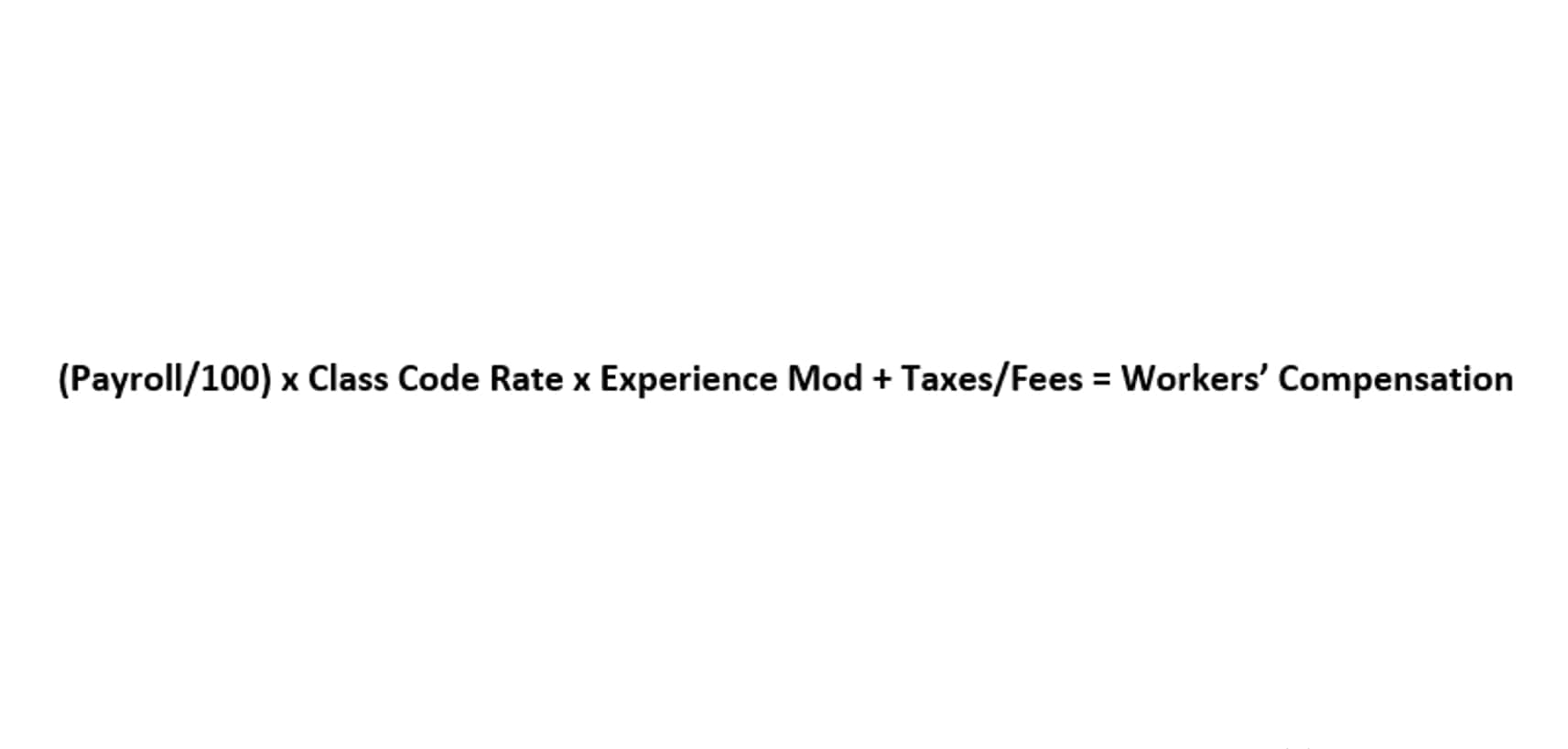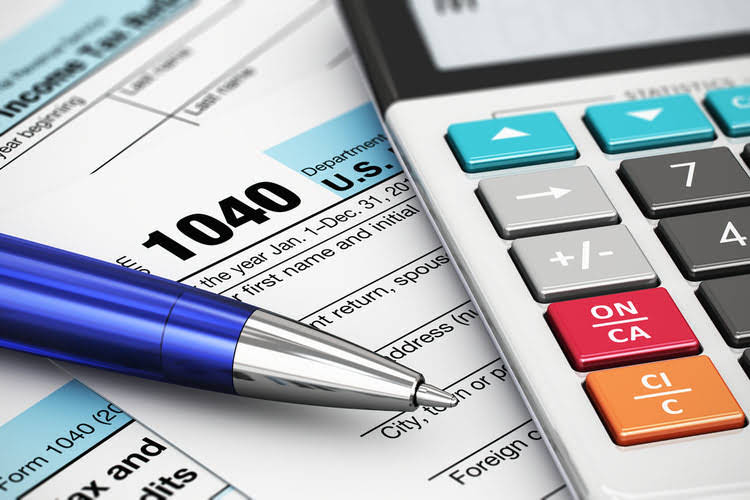
Shares outstanding are the stock that is held by a company’s shareholders on the open market. Along with individual shareholders, this includes restricted shares that are held by a company’s officers and institutional investors. A company’s outstanding shares may change over time because of several reasons. These include changes that take place because of stock splits and reverse stock splits. There are also considerations to a company’s outstanding shares if they’re blue chips.
Related Articles:
- Once you’ve located the number of treasury stocks, write it down for your calculations.
- The company has 4.32 billion authorized common shares, of which 3,119,843,000 have been issued as of December 31, 2014.
- Our writers and editors used an in-house natural language generation platform to assist with portions of this article, allowing them to focus on adding information that is uniquely helpful.
- Preferred stocks are higher ranking than common stock, but also subordinate to bonds in terms of claim, or rights to their share of the company’s assets.
- The investor would multiply the number of shares acquired at each price by that price and then add those values together.
- Thus, in revisiting the EPS calculation, $200,000 divided by the 150,000 weighted average of outstanding shares would equal $1.33 in earnings per share.
An increase in common stock outstanding reduces your stake in a company you invest in. In addition, more shares may mean less control for shareholders and a lower share price due to value dilution. John, as an investor, would like to calculate the company’s market capitalization and how to find number of common shares outstanding its earnings per share.

How Outstanding Shares Work

Convertible debt is treated on an “as-converted” basis if the company’s stock is trading above the conversion price. Options and warrants are one aspect of the difference between basic shares outstanding and diluted shares outstanding. Assume that Company A has 100 million shares outstanding and a trading price of $10. It also has 10 million stock options outstanding with an exercise price of $5. In other words, the treasury stock method accounts for the cash that will come in from option and warrant exercise, and assumes that the cash received will offset a portion of the shares issued.

What common stock outstanding means
- If the company has not bought back shares from investors and does not have treasury shares, this line item won’t show up on the balance sheet.
- Investors may choose to use weighted averages if they have compiled a position in a particular stock over a period.
- Those with complex structures, including potential dilutive securities, must report both basic EPS and diluted EPS.
- These instruments include stock options, stock warrants, and convertible debt.
- For example, a company might authorize 10 million shares to be created for its IPO, but end up actually only issuing nine million of the shares.
The buyback increases the market value of the existing shares in the open market. It also raises the company’s earnings per share figure (EPS) since earnings are divided by a smaller number of shares. A share repurchase generates a higher income per share, making each share more valuable. If a company considers its stock to be undervalued, it has the option to institute a https://www.facebook.com/BooksTimeInc/ repurchase program. While outstanding shares are a determinant of a stock’s liquidity, the latter is largely dependent on its share float. A company may have 100 million shares outstanding, but if 95 million of these shares are held by insiders and institutions, the float of only five million may constrain the stock’s liquidity.
What is the difference between authorized shares and outstanding shares?
- As a real-world example, here is some information from Johnson & Johnson’s 2014 year-end balance sheet.
- His work has appeared in various publications and he has performed financial editing at a Wall Street firm.
- There are also considerations to a company’s outstanding shares if they’re blue chips.
- In other words, a company has issued shares and then bought some of the shares back, leaving a reduced number of shares that is currently outstanding.
- Issued shares are those given out in exchange for money to investors or as compensation for work or supplies one does or provides for the company to employees and suppliers.
- The number of shares outstanding in a company will often change due to a company issuing new shares, repurchasing shares, and retiring existing shares.
The article was reviewed, fact-checked and edited by our editorial staff prior to publication. “Expert verified” means that our Financial Review Board thoroughly evaluated the article for accuracy and clarity. The Review Board comprises a panel of financial experts whose objective is to ensure that our content is always objective and balanced.
- This “issued” stock can be less than the total authorized, but it can never be more.
- Looking at several examples of stockholders’ equity on different company balance sheets, you may notice a treasury stock line item on several of them.
- And you can find the value within a company’s balance sheet’s capital accounts section.
- Treasury shares are the portion of shares that a company keeps in its own treasury.
- How to calculate outstanding shares Of these terms, the two that you need in order to determine the number of outstanding shares are issued shares, and treasury shares.

Basic shares mean the number of outstanding stocks currently outstanding, while the fully diluted number considers things such as warrants, capital notes, and convertible stock. In other words, the fully diluted number of Stocks outstanding https://www.bookstime.com/ tells you how many outstanding stocks there could potentially be. It is essential to note that outstanding shares can fluctuate due to events such as stock buybacks or secondary offerings. Stock buybacks, for instance, reduce the number of outstanding shares, potentially boosting the company’s earnings per share (EPS) and making each share more valuable.
